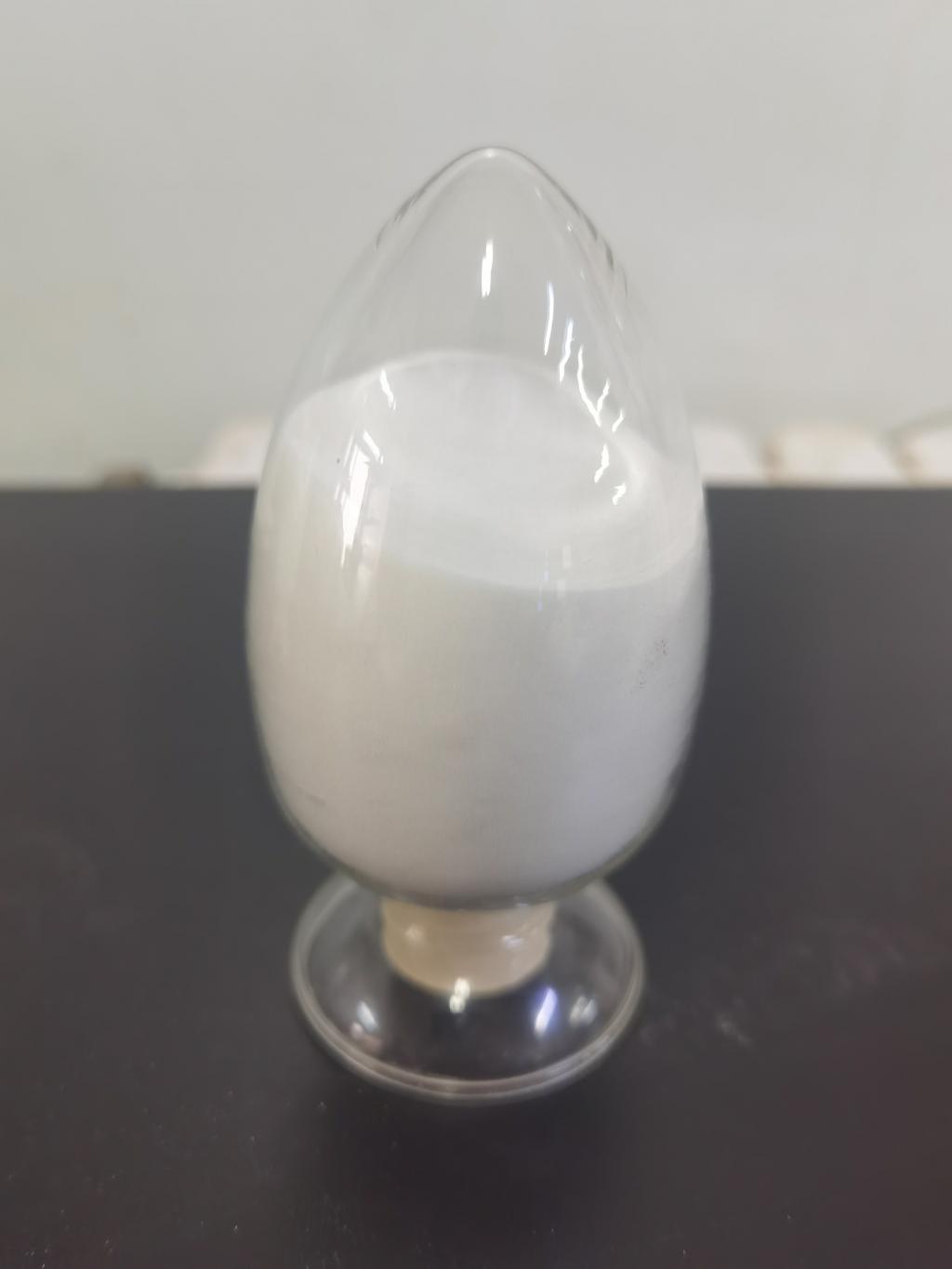Tel:0086 18231198596

News
Sustainable Practices in Cosmetic Manufacturing: The Role of ε-Polylysine Hydrochloride
TIME:2024-03-05
The Shift towards Sustainability in the Cosmetic Industry:
The cosmetic industry, renowned for its innovation and trends, is undergoing a transformative shift towards sustainability. Consumers are becoming more mindful of the environmental impact of their beauty products, prompting cosmetic manufacturers to reassess their formulations, production methods, and packaging choices. Sustainable practices are not only essential for meeting consumer expectations but also for mitigating the industry's impact on the environment.
ε-Polylysine Hydrochloride: A Natural Antimicrobial Pioneer:
a. Overview and Origin: ε-Polylysine Hydrochloride is a naturally occurring antimicrobial agent derived from the bacterium Streptomyces albulus. Its unique poly-ε-lysine structure grants it effective antimicrobial properties, making it a valuable ingredient in various industries, including cosmetics.
b. Antimicrobial Action: ε-Polylysine Hydrochloride acts by disrupting the cell membranes of bacteria, fungi, and other microorganisms, inhibiting their growth. This natural and targeted antimicrobial action makes it an attractive option for cosmetic formulations without resorting to synthetic preservatives.
c. Stability and Environmental Compatibility: The stability of ε-Polylysine Hydrochloride under various conditions, coupled with its natural origin, aligns with the sustainability goals of the cosmetic industry. Its compatibility with the environment makes it suitable for a wide range of cosmetic applications.
Applications of ε-Polylysine Hydrochloride in Cosmetic Manufacturing:
a. Preservative for Formulations: The antimicrobial properties of ε-Polylysine Hydrochloride make it a suitable natural preservative for cosmetic formulations. Its effectiveness in inhibiting microbial growth allows cosmetic manufacturers to extend product shelf life without compromising safety.
b. Stabilizer for Emulsions: In cosmetic emulsions, ε-Polylysine Hydrochloride can act as a stabilizer, contributing to the maintenance of product consistency and preventing phase separation. This application enhances the overall quality of cosmetic products.
c. Antimicrobial Benefits in Water-Based Formulas: ε-Polylysine Hydrochloride is particularly effective in water-based cosmetic formulations, where the risk of microbial contamination is higher. Its use helps maintain product integrity and safety throughout the product's lifespan.
Benefits of ε-Polylysine Hydrochloride in Sustainable Cosmetic Manufacturing:
a. Clean-Label and Transparency: The natural origin of ε-Polylysine Hydrochloride aligns with the clean-label trend, meeting consumer expectations for transparent ingredient lists. Cosmetic brands can showcase their commitment to sustainability by incorporating this natural antimicrobial.
b. Reduced Dependency on Synthetic Preservatives: As consumers seek alternatives to synthetic preservatives, ε-Polylysine Hydrochloride offers a natural and effective option. Its use reduces the industry's reliance on traditional preservatives with potential environmental concerns.
c. Enhanced Shelf Life and Reduced Waste: By inhibiting microbial growth, ε-Polylysine Hydrochloride contributes to the extended shelf life of cosmetic products. This reduces the likelihood of premature product disposal, aligning with sustainability goals by minimizing waste.
Challenges and Considerations:
a. Regulatory Approval: The use of ε-Polylysine Hydrochloride in cosmetics may require regulatory approval in various regions. Collaboration between cosmetic manufacturers, regulatory bodies, and research institutions is crucial to establish guidelines and standards for its safe and effective use.
b. Cost Implications: While ε-Polylysine Hydrochloride offers sustainability benefits, there may be initial costs associated with research, development, and implementation. A thorough cost-benefit analysis is necessary to assess its economic viability for different cosmetic applications.
c. Consumer Education: Educating consumers about the safety, efficacy, and sustainability benefits of ε-Polylysine Hydrochloride is essential for widespread acceptance. Clear communication can help address potential misconceptions and build trust in the use of this natural antimicrobial agent.
Case Studies and Success Stories:
Examining case studies and success stories from cosmetic brands that have successfully integrated ε-Polylysine Hydrochloride into their formulations provides insights into best practices and potential challenges. Real-world examples demonstrate the feasibility and positive outcomes of adopting this sustainable approach.
Future Implications and Innovations:
a. Continued Research and Development: Ongoing research into the applications and efficacy of ε-Polylysine Hydrochloride in cosmetic formulations will contribute to expanding its use and addressing specific challenges associated with different product types.
b. Collaboration for Industry Advancement: Collaborative efforts between cosmetic manufacturers, research institutions, and suppliers of sustainable ingredients will drive innovation in sustainable cosmetic practices. Sharing knowledge and best practices will contribute to industry-wide advancements.
c. Integration with Circular Economy Principles: The incorporation of ε-Polylysine Hydrochloride aligns with the principles of the circular economy by promoting the use of natural, biodegradable ingredients. Cosmetic brands can further enhance their sustainability profiles by adopting a circular approach to product lifecycle management.
Conclusion:
ε-Polylysine Hydrochloride emerges as a pioneering ingredient in the pursuit of sustainable practices within the cosmetic industry. Its natural origin, antimicrobial properties, and environmental compatibility make it a valuable tool for cosmetic manufacturers seeking to enhance product safety without compromising sustainability goals. As the industry continues to evolve towards greater eco-consciousness, ε-Polylysine Hydrochloride offers a strategic and effective solution to address the challenges of preserving cosmetic formulations while promoting a more sustainable future. Collaborative research, regulatory support, and consumer education will play crucial roles in unlocking the full potential of ε-Polylysine Hydrochloride in the pursuit of sustainable cosmetic manufacturing.

 CONTACT
CONTACT




